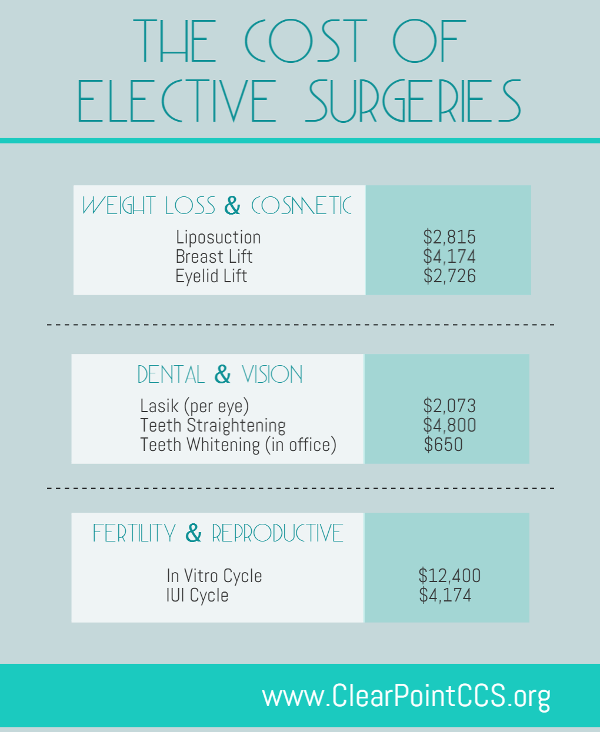What Is Cystic Acne
What Is Cystic Acne
Blog Article
Acne Treatment - What Are AHAs in Acne Therapy?
AHAs are a vital active ingredient for unclogging pore blockages and brightening acne-prone skin. They work by breaking down dead skin cell buildup to promote more recent, fresher cells, and protecting against future obstructions.
Formulating topical AHAs requires careful focus to various vital factors that considerably affect their efficacy and tolerability. Preserving the ideal pH array, in addition to vehicle choice and focus, intensifies their exfoliative characteristics while minimizing possible adverse reactions.
Glycolic acid
Glycolic acid is recognized for its light yet reliable exfoliating residential or commercial properties, which promote skin's all-natural dropping and loosen up the "adhesive" that holds dead cells externally of the skin. This aids unblock pores and minimize the appearance of fine lines and wrinkles, in addition to enhance total skin appearance and tone.
Surprisingly, topical glycolic acid has actually additionally been revealed to boost the manufacturing of collagen, which is critical in maintaining skin's firmness and elasticity. It is essential to note, nevertheless, that since glycolic acid can promote the skin's level of sensitivity to sunlight, it is important to use sun block when utilizing any type of items having this active ingredient.
Skin doctors pay mindful focus to the solution of items consisting of AHAs in order to enhance their effectiveness and tolerability. Creating AHAs with the ideal lorry, in addition to pH and focus factors to consider, enables ideal skin penetration while reducing prospective unfavorable reactions. This is particularly essential for patients with sensitive skin, given that AHAs are recognized to be gently bothersome.
Lactic acid
Lactic acid is discovered in lots of over the counter skin care products and some stronger specialist peels and therapies. It has the most affordable molecular weight of all the AHAs and has the ability to permeate deeper into the skin, where it is more reliable at unclogging pores and scrubing.
Like glycolic acid, it likewise promotes collagen synthesis, which helps diminish great lines and creases and enhance skin texture. Additionally, it has moisture-retention properties, that makes it preferable for drier skin types than other AHAs.
The extensive body of medical information validating the effectiveness of topical AHAs supports their utility in a wide variety of dermatological ailments and visual worries. These consist of intricate skin restoration treatments, attenuation of fine lines and creases, lightening of hyperpigmentation, restorative intervention for actinic keratosis, and acne management ultherapy beverly hills [2] Maximizing the formula of AHAs by balancing pH, focus, and automobile selection better improves their restorative potential. These mindful factors to consider enable skin doctors to provide risk-free and effective therapies that give exceptional medical results.
Mandelic acid
Mandelic acid, derived from almonds, is an additional participant of the AHA family and is a preferred component in products that aid treat acne. Its bigger molecular dimension implies it passes through the skin extra slowly and gently, which can lower the capacity for irritation. It's also much less likely to trigger soreness and other skin level of sensitivity problems, making it suitable for delicate skin types.
Mandelic Acid is believed to help reduce swelling and increase hydration. It works by loosening up the bonds between dead skin cells, permitting them to drop and reveal fresher-looking skin. It likewise helps reduce the look of enlarged pores.
Creating topical products with AHAs calls for an accurate balance of crucial factors that dramatically affect their efficiency and tolerability. Particularly, the pH of an AHA solution has been revealed to play a vital role in its capability to advertise exfoliation and boost skin tone and appearance. Accomplishing this optimum concentration is a tough goal and calls for precise focus to the different variables that affect the solution process.
Citric acid
Citric acid, located in citrus fruits such as oranges and lemons, is a mild AHA. It's much less annoying than glycolic or lactic acid, making it preferable for sensitive skin. It additionally has astringent residential or commercial properties, aiding to dry out excess oil.
Like various other AHAs, citric acid can be made use of in chemical peels and everyday active/maintenance therapies to scrub the skin and promote cell turnover. It can help in reducing the appearance of dark places and hyperpigmentation, as well as great face lines.
It can likewise raise the synthesis of glycosaminoglycans, which play an important function in strengthening the skin barrier feature. This helps to prevent trans-epidermal water loss, and keep optimal hydration levels in the skin [35]
AHAs can be incorporated with soothing components such as ceramides or hyaluronic acid to boost their tolerability. They can be incorporated into day-to-day active/maintenance skincare via cream or lotion solutions. This allows professionals to tailor their AHA treatments based upon patient needs and choices, with the adaptability of choosing from different therapy intensities or concentrations.